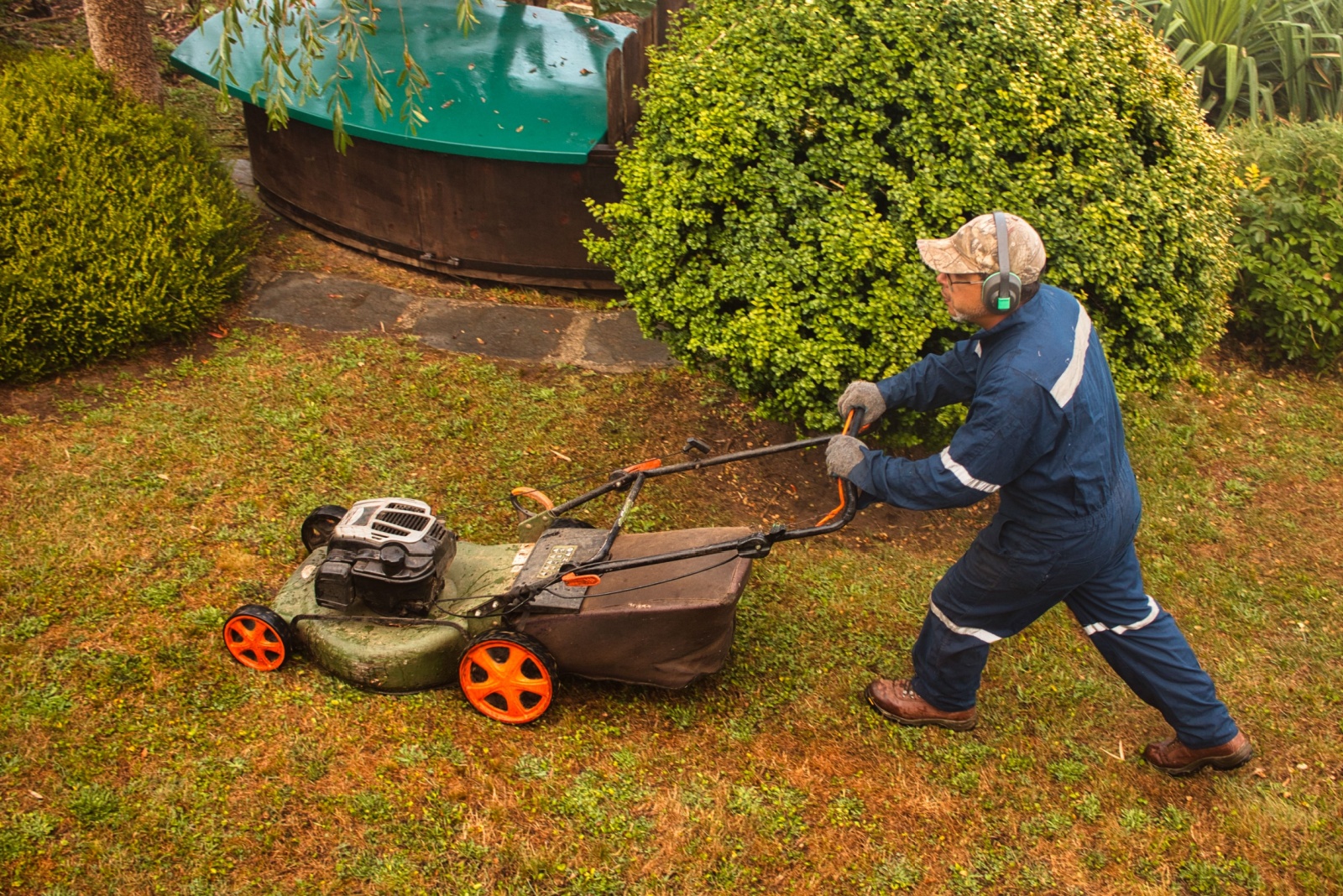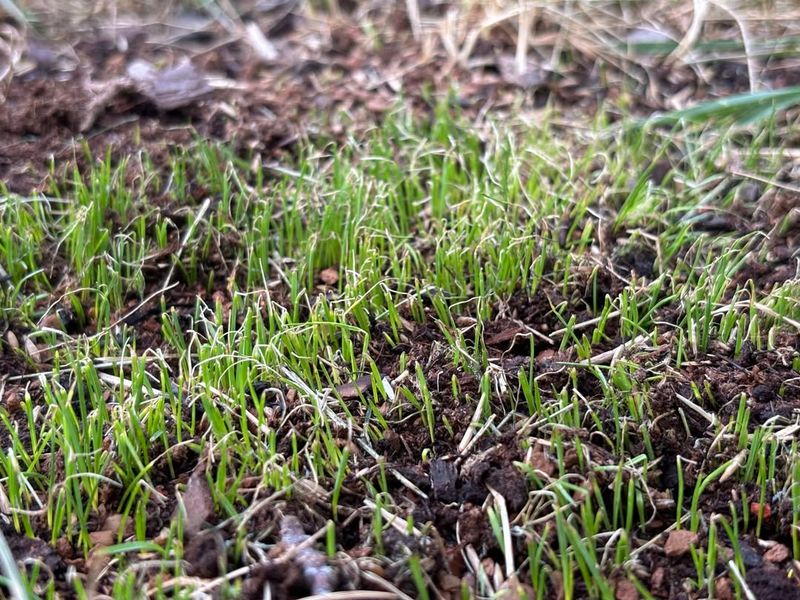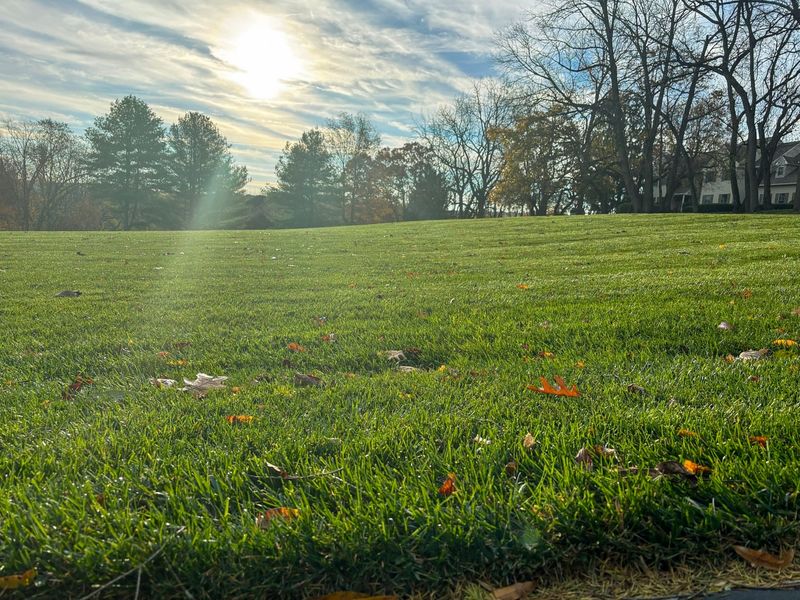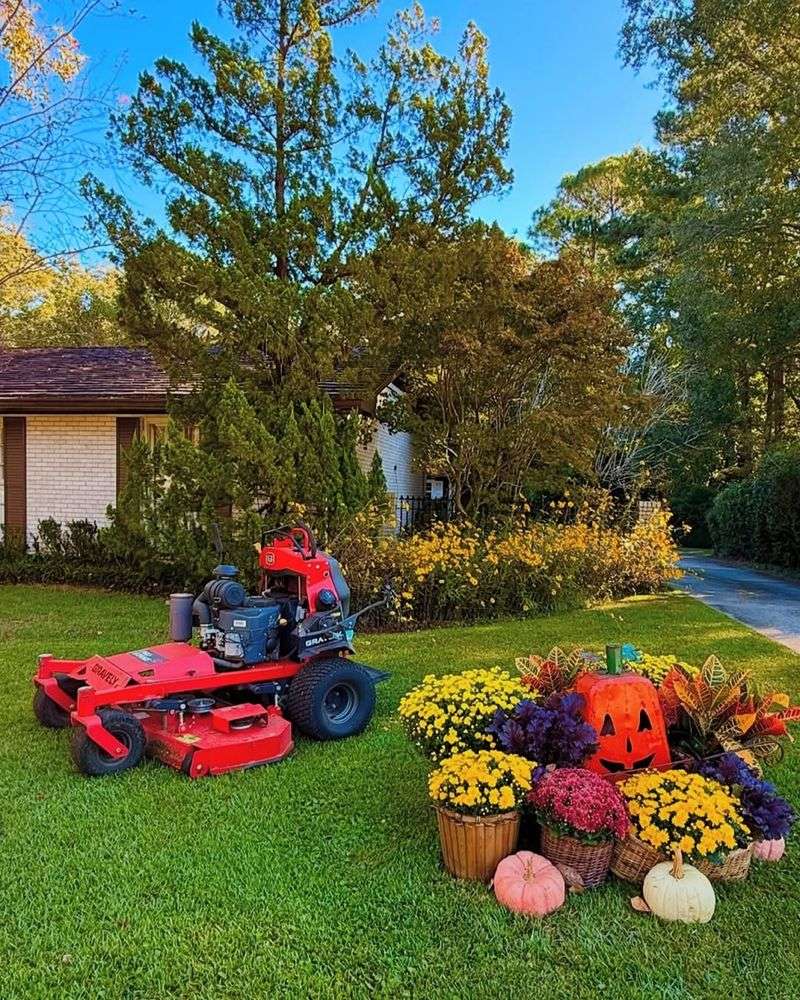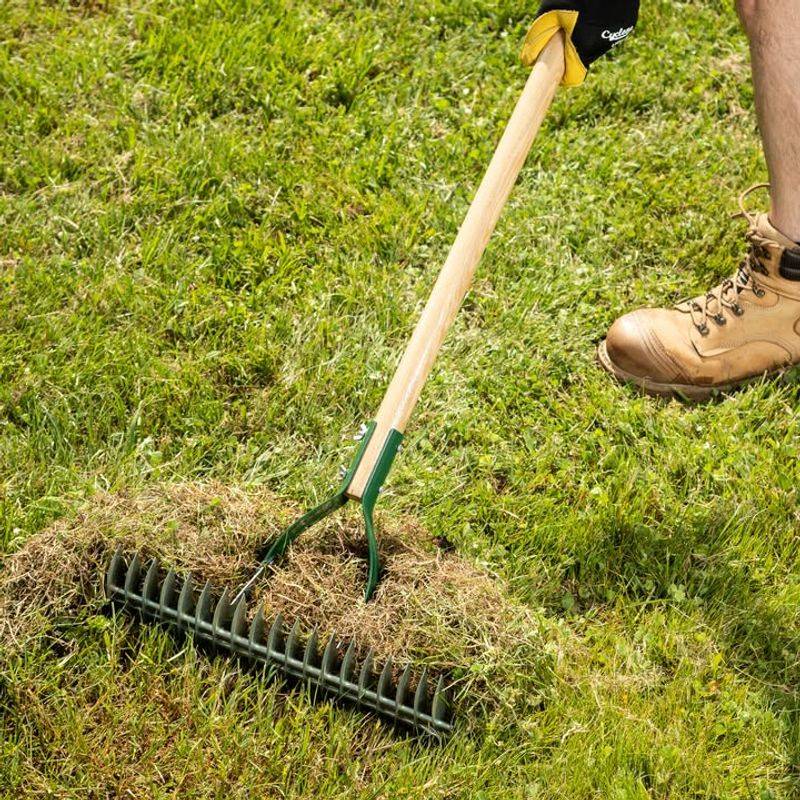Cold nights close in on Washington, and one small move can separate lush spring turf from a patchy headache.
Skip the simple act of lowering your mower, and you’re skating on thin ice till April. Dial that blade down now, and your lawn bursts back in spring looking like it struck gold—no luck required.
1. Prevents Snow Mold From Taking Over
Long grass blades trap moisture underneath when snow piles up, creating the perfect breeding ground for fungal diseases like snow mold. By cutting your Washington lawn shorter before winter hits, you allow better air circulation at ground level.
Your grass stays healthier because water and melting snow can evaporate more easily. When spring arrives, you won’t have to deal with ugly brown patches or matted-down areas that need reseeding.
2. Reduces Pest Hiding Spots
Mice, voles, and other small critters love tall grass where they can hide and build nests during winter months. A shorter lawn gives these pests fewer places to settle in and cause damage to your yard.
Lowering your mower blade makes your Washington property less inviting to unwanted visitors. You’ll protect your grass roots from being eaten and avoid those frustrating tunnels and trails that appear after the snow melts away.
3. Encourages Stronger Root Development
Cutting grass shorter before winter forces the plant to focus its energy downward instead of upward. Your lawn develops deeper, more robust roots during the dormant season because it’s not wasting resources on maintaining long blades.
Strong roots mean your grass can access water and nutrients more efficiently when growth resumes. Come springtime, you’ll notice thicker, greener turf that’s more resilient against drought and disease throughout the Washington growing season.
4. Allows More Sunlight To Reach The Crown
The crown of your grass plant sits right at soil level and needs sunlight to stay healthy during winter. Tall blades cast shadows that block precious light from reaching this vital area.
Shorter grass lets more sun penetrate to the crown, keeping it active and ready to grow. Even on cloudy winter days, every bit of light helps maintain the plant’s health and prepares it for explosive spring growth when temperatures rise again.
5. Speeds Up Spring Green-Up Time
Washington lawns cut shorter before winter wake up faster when spring temperatures arrive. Your grass doesn’t have to spend weeks recovering from winter damage or pushing through matted, diseased blades.
Instead, fresh green growth appears almost immediately as the soil warms up. Neighbors will wonder why your lawn looks so healthy and vibrant while theirs is still brown and patchy, giving you that picture-perfect yard weeks ahead of everyone else.
6. Makes Fall Cleanup Much Easier
Shorter grass makes raking leaves and removing debris a breeze compared to working around long, tangled blades. Leaves don’t get stuck as easily, and you can see exactly what needs to be cleared away.
Your fall maintenance becomes faster and less frustrating when grass is properly trimmed. Plus, you’ll do a more thorough cleanup job, which prevents destroyed leaves from smothering your Washington lawn and creating bare spots that need repair next year.
7. Minimizes Thatch Buildup Problems
Thatch is that spongy layer of deceased grass and roots that builds up between soil and living grass. Long blades that get diseased during winter add more material to this problematic layer.
Cutting shorter before cold weather reduces the amount of diseased material that accumulates over winter months. Less thatch means better water penetration, improved nutrient absorption, and healthier grass that doesn’t require aggressive dethatching treatments that can damage your beautiful Washington lawn.

